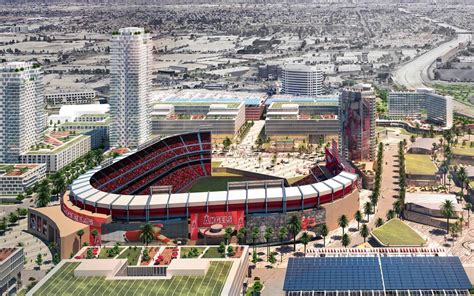Street photography, a dynamic and spontaneous genre, captures the essence of urban life and human interaction. From its early beginnings to its current prominence in modern art, street photography has evolved significantly, reflecting societal changes and technological advancements. “Unveiling Street Photography: An In-Depth Analysis of Modern Photography Exhibitions” delves into this captivating art form, exploring its history, notable exhibitions, and key themes. This article highlights the techniques and styles of influential photographers, the impact of their work on contemporary art, and the critical reception of their exhibitions. Join us as we journey through the bustling streets, examining the vibrant urban environments that shape this genre and anticipating future trends and innovations in street photography.
gamesfats.com offers a detailed exploration of this topic.
1. History and Evolution of Street Photography
Street photography’s origins trace back to the late 19th and early 20th centuries, when technological advancements in portable cameras allowed photographers to capture candid moments in urban environments. Pioneers like Eugène Atget documented the streets of Paris, creating a visual record of the city’s architecture and everyday life. The genre gained momentum with photographers such as Henri Cartier-Bresson, whose concept of the “decisive moment” emphasized capturing spontaneous, fleeting scenes.
In the mid-20th century, street photography flourished with the advent of 35mm film cameras, allowing greater mobility and discretion. Photographers like Garry Winogrand, Diane Arbus, and Robert Frank explored diverse aspects of urban life, often focusing on the human condition and societal issues.
The evolution continued into the digital age, where advancements in camera technology and the rise of social media platforms broadened the reach and influence of street photography. Today, the genre encompasses a wide range of styles and approaches, from traditional black-and-white images to vibrant color compositions. Street photography remains a vital and dynamic art form, continually evolving to reflect the complexities of contemporary urban li
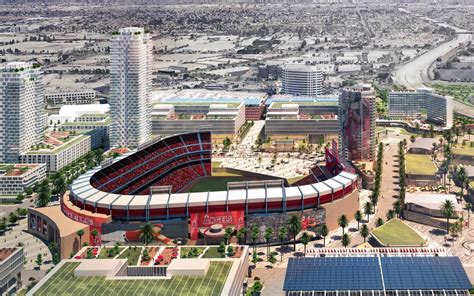
2. Notable Street Photography Exhibitions Worldwide
Street photography has been showcased in numerous prestigious exhibitions around the globe, celebrating the genre’s rich history and contemporary developments. One of the most notable is the “Henri Cartier-Bresson: The Decisive Moment” exhibition, which toured various cities, offering a comprehensive look at Cartier-Bresson’s influential work. Similarly, the “Robert Frank: The Americans” exhibition has been pivotal, displaying Frank’s profound commentary on American society.
The “Magnum Streetwise” exhibition, organized by Magnum Photos, features works from some of the most renowned street photographers, including Bruce Gilden and Martin Parr, highlighting diverse approaches and themes. “Vivian Maier: Street Photographer” has garnered attention for showcasing the previously undiscovered yet extraordinary body of work by Maier, whose candid street images offer a unique perspective on mid-20th-century urban life.
In addition, “Street Photography Now,” an exhibition at various international venues, presents contemporary street photography, emphasizing the genre’s evolution in the digital age. These exhibitions not only celebrate the legacy of street photography but also inspire and educate new generations of photographers and art enthusiasts.

3. Key Themes and Subjects in Street Photography
Street photography captures the essence of urban life, exploring themes and subjects that reflect the complexities of human experience. One prominent theme is the depiction of everyday moments, focusing on ordinary people engaged in daily activities. This approach highlights the beauty and significance of mundane interactions.
Another key theme is social commentary, where photographers document societal issues such as poverty, inequality, and cultural diversity. These images often provoke thought and inspire dialogue about the conditions and experiences of different communities.
Urban landscapes and architecture also play a crucial role, with photographers emphasizing the interplay between people and their environments. This includes capturing the dynamic energy of city streets, the contrast between old and new buildings, and the effects of urbanization.
Finally, the theme of anonymity is prevalent, with many street photographers opting to capture candid, unposed moments. This technique preserves the authenticity of the scene and emphasizes the universal aspects of human behavior.

4. Techniques and Styles Employed by Street Photographers
Street photographers employ a variety of techniques and styles to capture compelling and authentic images. One popular technique is the use of candid shots, where photographers discreetly capture spontaneous moments without the subjects’ awareness. This approach ensures the authenticity and rawness of the captured scenes.
Another technique is the decisive moment, coined by Henri Cartier-Bresson, which involves waiting for the perfect moment when the visual elements align to create a powerful image. This requires patience and a keen eye for detail.
Street photographers often utilize black-and-white photography to emphasize contrasts, textures, and shapes, stripping away the distraction of color to focus on the composition and emotions. Conversely, vibrant color photography is also popular, capturing the lively and dynamic atmosphere of urban settings.
Close-up and wide-angle shots are common, with the former highlighting individual expressions and the latter providing context and a sense of place. Techniques like motion blur and panning are used to convey movement and the bustling energy of city life, adding a dynamic element to the images.
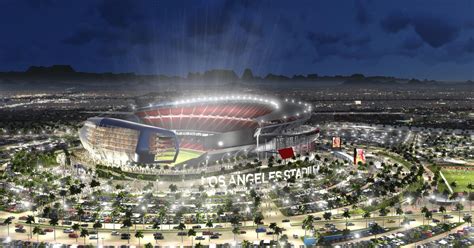
5. Impact of Street Photography on Contemporary Art
Street photography has had a profound impact on contemporary art, influencing various artistic practices and movements. By capturing candid moments of urban life, street photography brings a raw and unfiltered perspective to art, challenging traditional notions of composition and subject matter. This genre’s emphasis on spontaneity and authenticity has inspired artists to explore similar themes in their work.
Street photography’s focus on everyday life and social issues has broadened the scope of contemporary art, encouraging a more inclusive representation of diverse experiences and communities. This has led to greater recognition of the beauty and significance of ordinary moments and marginalized voices.
Moreover, the techniques and styles developed by street photographers, such as the decisive moment and candid shooting, have been adopted and adapted by artists in various mediums, including painting, film, and digital art. The genre’s influence is evident in the emphasis on capturing fleeting moments, the use of urban environments as subjects, and the exploration of human interaction and social dynamics.

6. Profiles of Prominent Street Photographers
Street photography has been shaped by numerous talented photographers whose distinctive styles and perspectives have left a lasting impact on the genre. Henri Cartier-Bresson, often regarded as the father of modern street photography, introduced the concept of the “decisive moment,” capturing spontaneous, fleeting scenes with precision and intuition. His work continues to inspire photographers worldwide.
Robert Frank, known for his groundbreaking book “The Americans,” provided a raw and candid portrayal of American society in the mid-20th century. His unorthodox techniques and focus on everyday subjects challenged traditional photographic norms and opened new avenues for artistic expression.
Vivian Maier, a previously unknown nanny whose vast collection of street photographs was discovered posthumously, captured the essence of urban life with a unique, introspective perspective. Her work has gained widespread acclaim for its depth and emotional resonance.
Garry Winogrand, a prolific photographer, is celebrated for his energetic and chaotic street scenes, which often highlight the unpredictability and vibrancy of urban environments. His work provides a vivid snapshot of American life during the 1960s and 1970s.
Other notable figures include Diane Arbus, renowned for her intimate portraits of marginalized individuals, and Bruce Gilden, whose bold, close-up shots reveal the raw humanity of his subjects. These photographers have significantly influenced the evolution and appreciation of street photography as a vital and dynamic art form.
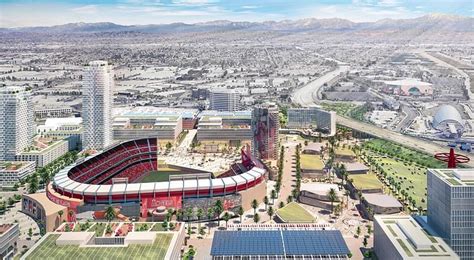
7. Audience Engagement and Reception at Exhibitions
Street photography exhibitions frequently evoke a strong connection between viewers and the urban environments captured within them. This connection draws a diverse audience, ranging from photography aficionados to casual passersby, all captivated by the exhibitions’ genuine and unfiltered depiction of everyday life.
Interactive elements, such as artist talks, workshops, and guided tours, enrich audience engagement by offering deeper insights into the creative processes and thematic undertones of the exhibited works. These interactions empower viewers to appreciate the nuances of street photography and comprehend the context behind each image.
Street photography exhibitions elicit diverse reactions. Some viewers are drawn to the raw authenticity and fleeting moments captured in the images, while others may be confronted by the unvarnished depiction of city life and its social complexities. The emotional intensity of these candid, often gritty representations can spark a spectrum of feelings, from appreciation to unease, prompting viewers to engage in thoughtful consideration of the subjects and themes presented.
Public perception of street photography is significantly influenced by critical acclaim and media attention. Positive reviews and high-profile exhibitions generate increased interest and attendance, magnifying the genre’s impact on contemporary art. Ultimately, these exhibitions encourage a meaningful dialogue between art and viewers, showcasing street photography’s ability to capture and convey the core of human experience.
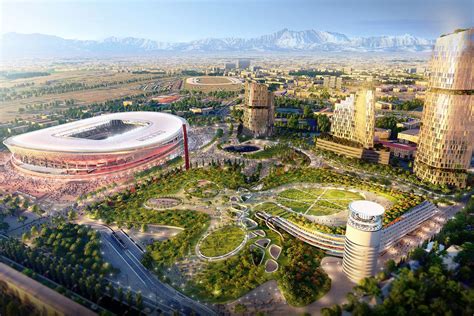
8. The Role of Urban Environments in Street Photography
Street photography thrives in urban environments, where the city itself is both the setting and the focus of the art. The vibrant and often unpredictable nature of city life creates a constant stream of scenes and interactions, providing street photographers with an inexhaustible wellspring of opportunities to capture the spirit of urban existence.
City streets, a tapestry woven from diverse architecture, bustling crowds, and varied cultural expressions, serve as a canvas for depicting human experiences and social dynamics. The contrast between the human element and the urban landscape often illuminates themes of isolation, connection, and the interplay between people and their environment.
Street photographers use urban environments to explore issues such as social inequality, cultural diversity, and the impact of modernization. The architecture and public spaces within cities contribute to the narrative by framing and contextualizing the subjects, enhancing the visual and emotional impact of the photographs.
In essence, urban environments are integral to street photography, providing both a stage for human interaction and a lens through which photographers examine and portray the complexities of contemporary life.
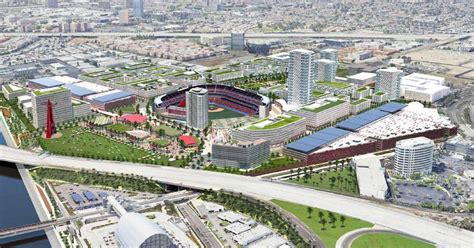
9. Future Trends and Innovations in Street Photography
The future of street photography is brimming with exciting innovations and evolving trends, shaped by advancements in technology and evolving artistic sensibilities. One notable trend is the increasing integration of digital technology, including high-resolution cameras and smartphone apps. This allows for greater precision and flexibility in capturing candid moments. This technological evolution empowers street photographers to create sharper, more detailed images, expanding the possibilities within the genre.
The increasing prominence of social media platforms is another notable trend. Photographers use these platforms to showcase their work and connect with a worldwide audience in real time. Social media not only broadens the reach of street photography but also fosters interactive engagement. This allows photographers to receive immediate feedback and cultivate communities centered around their work.
Furthermore, augmented reality (AR) and virtual reality (VR) are emerging as cutting-edge tools for enriching the street photography experience. These technologies introduce novel methods for showcasing and engaging with street photography, generating immersive environments that enable viewers to delve into urban landscapes from diverse vantage points.
Furthermore, street photography is increasingly being used as a platform for social justice advocacy. More photographers are employing their work to expose systemic inequalities and promote change. As the field of street photography continues to evolve, it will undoubtedly mirror the changing dynamics of urban life and engage with the ongoing discourse surrounding its social and cultural significance.

10. Critical Analysis of Selected Exhibition Pieces
Analyzing a curated selection of street photography pieces reveals the rich depth and diverse interpretations of urban life. For example, Henri Cartier-Bresson’s iconic “The Decisive Moment” exemplifies this depth, capturing fleeting interactions with remarkable precision. Through his work, Cartier-Bresson masterfully finds profound meaning in everyday moments, showcasing his keen eye for composition and timing. This reflects his philosophical approach to capturing spontaneous events.
In contrast, Robert Frank’s “The Americans” presents a more unvarnished and authentic view of American society. Marked by its unconventional compositions and the jarring juxtaposition of harsh realities, Frank’s work compels viewers to confront the intricate and contradictory nature of American culture.
Vivian Maier’s posthumous exhibition offers a more introspective glimpse into urban life, highlighting the emotional and personal experiences of her subjects. Through her candid shots, Maier reveals a profound empathy and meticulous attention to detail, inviting viewers to connect with the individuals she captured.
Garry Winogrand’s energetic and chaotic street scenes offer a vivid snapshot of urban life. Characterized by dynamic compositions, his work captures the unpredictable nature of city streets. Each piece within these exhibitions uniquely contributes to the narrative of street photography, presenting diverse perspectives and styles.

Street photography remains a compelling and dynamic art form that captures the essence of urban life through spontaneous, unfiltered moments. From its historical evolution and notable exhibitions to its impact on contemporary art and the innovative trends shaping its future, the genre continues to challenge and inspire. As street photographers explore new techniques and technologies, they deepen our understanding of the complexities of human experience and urban environments. The genre’s ability to convey raw, authentic narratives ensures its continued relevance and vitality in the evolving landscape of contemporary art.
gamesfats.com
